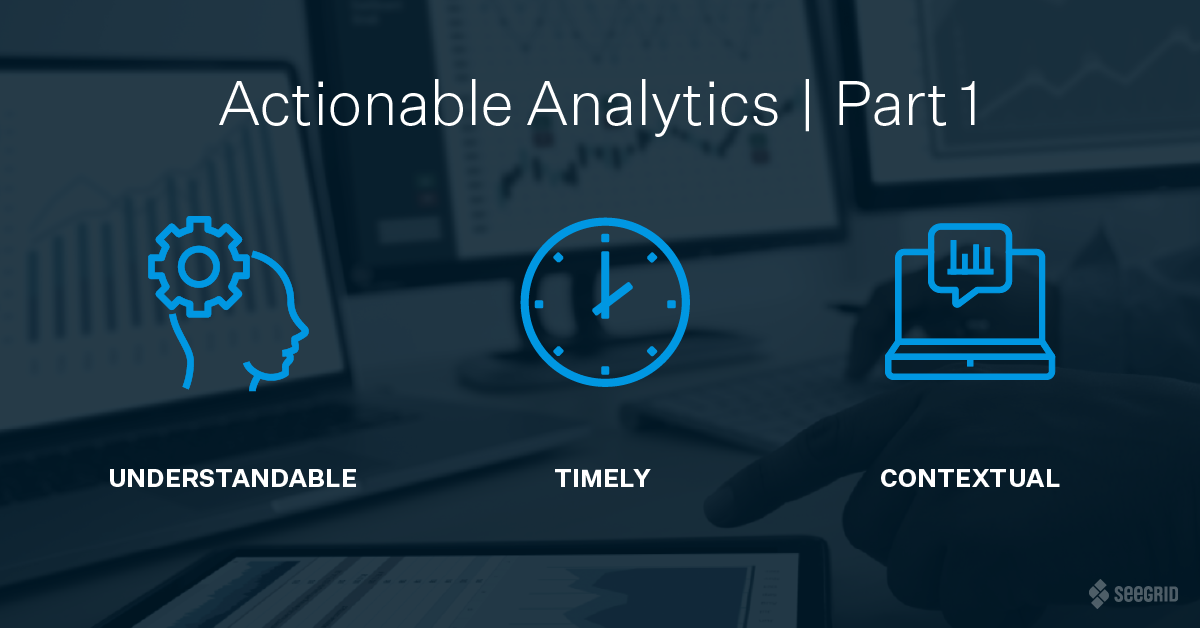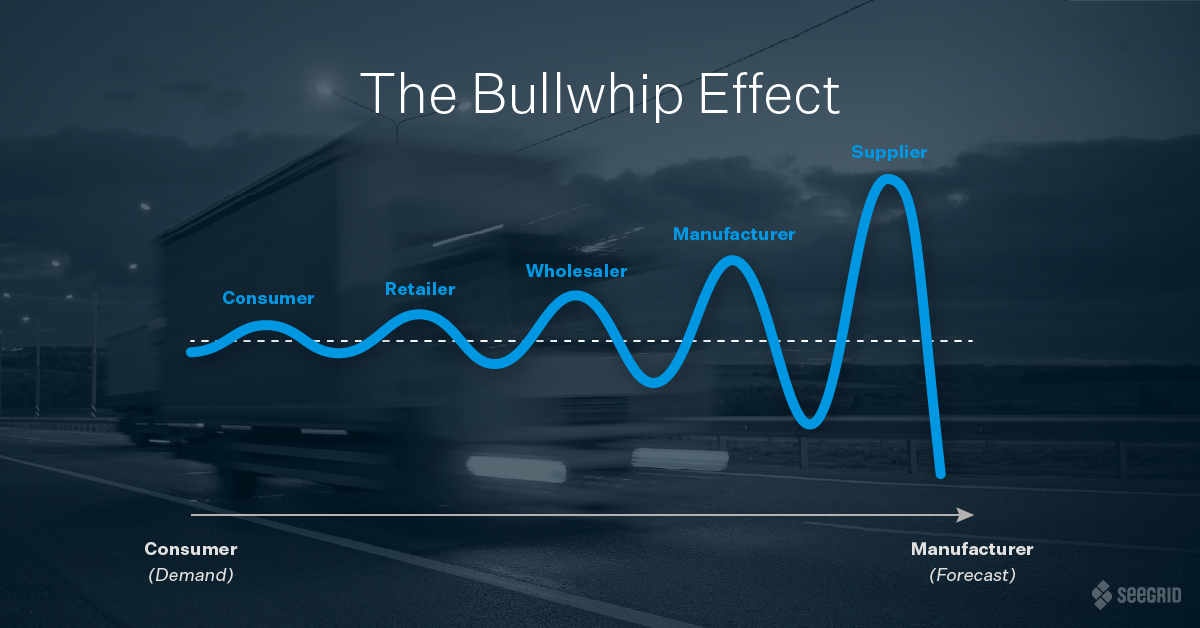No matter the industry or business segment, companies around the globe are collecting enormous amounts of information about everything. There seems to be no end to the streams of available data, and with information flooding in at ever-accelerating rates, effectively harnessing data – whether put into dashboards, comparisons, charts, graphs, or reports – will determine if your analytical efforts produce returns or roadblocks.
We live in a world where most operate under the assumption that extensive data equates to enhanced understanding. However, the quantity and complexity of the information gathered isn’t the moral of the data story – rather, it’s the depth of understanding of the data that matters. As companies continue advancing towards Industry 4.0, streamlining processes and workflows with automation and software, the amount of data available continues to grow. Automated guided vehicles (AGVs) and autonomous mobile robots (AMRs) are proven to increase safety, throughput, and efficiencies – but it doesn’t stop there. Once a company makes an investment in automation, then they must use objective data to showcase efficiencies, prove ROI, increase adoption of the technology within the facility, and identify ways to continue improving.
Unfortunately, most companies feel like they don’t have a solid understanding of their data – either getting flooded with too much data or not having good visibility into insights altogether. According to KPMG, only 35% of executives surveyed said they had a high level of trust in their own organization’s use of data analytics.[1] The supply chain network shares a similar reality – Geodis reported that only 6% of businesses believe they have end-to-end supply chain visibility, with 70% of companies describing their supply chains as extremely complex.[2] In order to effectively make an impact using data, we must switch from capturing “advanced” analytics to using “actionable” analytics. Below is an introduction to understanding the three-pillar system that forms the foundation of actionable analytics.
Three Pillars to Put Your Data into Action and Drive Results
Pillar #1: Understandable Data
Ensure your data is understandable by those who will be taking action.
The first step is to make the data straightforward and only present the information that needs to be known. It is very important to always keep the recipient in mind – the data should be shown the way that it will be consumed. Eliminate unnecessary information, and ensure that the data is easy to digest. Raw data, complex graphs, and overloaded dashboards require the recipient to review, interpret, and sift for key takeaways. This adds substantial time and increases the opportunity of misinterpreted data.
To quote American statistician Edward Tufte –
“Graphical excellence is that which gives to the viewer the greatest number of ideas in the shortest time with the least ink in the smallest space.”
For example, imagine getting pulled into a meeting, instantly being handed pages and pages of information – paragraphs, charts, and stats. Then, you are quickly asked to weigh in with a recommendation. This would be impossible – it would take hours to digest this amount of information and confidently form an opinion. Instead, understand the essence of the operational questions the data should answer and present those answers clearly.
Pillar #2: Timely Data
Ensure data is delivered within the time frame in which action needs to be taken.
The data needs to be gathered and distributed within a window of time that gives the recipient enough opportunity to act on the data. Depending on the goal or the subject matter of what is being measured, data can be documented in real-time or compiled on an hourly, by shift, monthly, or annual basis.
Imagine driving to work and traffic slows to a complete stop. After being at a standstill for 25 minutes, you receive an alert on your phone stating that there is a traffic jam on your route. If you had this information when traffic was first starting to back up, you could’ve found an alternative route. However, receiving this alert when you are in gridlock means you can’t do anything to change your journey besides get angry while you sit and wait.
Pillar #3: Contextual Data
Information needs to be delivered in a way that doesn’t disrupt the normal flow of work.
When giving the gift of data, keep the recipient in mind and present information in a way that is contextual to their current process. Identify methods of presenting the information that won’t add additional steps to their process or make them work to obtain the information. The recipient should ideally be able to continue working, not losing any time while they absorb the information.
Think about credit card statements. We have the ability to select the method in which we receive account information. For example, there are options to receive hard copies in the mail, digitally via email, or within an online portal or app. Imagine if we were required to drive to a financial institution, wait in line, and have a representative pull up our account information every time we wanted to view the activity or make a payment. Because the information is being presented in a way that requires additional work to obtain access, many people would likely have late payments and could face various financial issues as a result.
Stop Wasting Time Solving Data Issues
Although the situations above were general examples to illustrate the fundamental principles, by utilizing this framework, all data can become actionable. Before devoting time and resources to crunching and compiling numbers, think of the end goal: delivering data that is easy to digest, received in time to facilitate impactful improvements, and shared in an efficient manner. Simply put, deliver the right information directly to the recipient when they need it, eliminating any unnecessary details. When the focus is on solving human problems with the actual human in mind -- you’ll avoid the trap of being data rich and insight poor.
Ready to put this 3-pillar system into motion? Check out part 2 of the series, where we highlight specific examples that use actionable analytics to achieve material handling automation goals within manufacturing, warehousing, and logistics industries.






